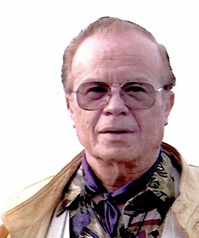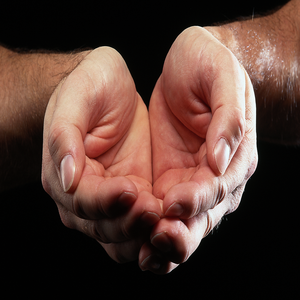Life Is Movement

“Life is movement—we breathe, we eat, we walk—we move!”
–John Pierrakos (Greek-born American Psychiatrist and Founder of Core Energetics, 1921-2001)

“Eros, Love & Sexuality : The Forces That Unify Man & Woman” (John C. Pierrakos)
Talking with Your Hands

In recent years there has been a small but growing literature that seems to support an idea going back to Roman times: certain specific movements may facilitate learning and a number of positive mental states.
Now, according to research from the University of Chicago that is reported in this month’s issue of Journal of Experimental Psychology: General gesturing can help children to learn new and correct mathematical problem-solving strategies. And the learning sticks: if they are taught new material later, children taught to gesture are more likely to succeed on math problems.
The investigators conducted two studies of 176 children in late third and early fourth grade, all of whom had been making mistakes in solving math problems. The children were randomly assigned the students to three groups:
- Told to gesture
- Told not to gesture
- Not told to do either
In the studies’ baseline phase, students had to solve six age appropriate math problems on a chalkboard and explain to an experimenter how they solved each one. The researchers coded the children’s videotaped efforts, analyzing gestures and utterances that conveyed problem-solving strategies.
Compared with the children who were not told to do anything, those who were told to move their hands when explaining how they had solved a problem were four times as likely to manually express correct new ways to solve problems. They still did not give the right answer, but their gestures revealed an implicit knowledge of mathematical ideas. As one example, if the problem needed for the sides to be equal, children might sweep their palm first under a problem’s left side and then under its right side. So they had implicit knowledge. Their problem was in turning explicit knowledge into correct answers. The second study showed that gesturing prepared them to benefit from subsequent instruction. Children told to gesture solved 1.5 times more problems correctly compared with the children who had been told not to gesture.
The authors conclude,
“Telling children to gesture encourages them to convey previously unexpressed, implicit ideas, which in turn makes them receptive to instruction that leads to learning.”
Gesturing appears to help children to produce new problem-solving strategies, which in turn gets them ready to learn. The authors speculate that gesturing may help kids notice aspects of the math problems that may be more easily grasped through gestural representation
The findings extend previous research that body movement not only helps people to express things they may not be able to verbally articulate, but actually to think better. At the same time, gesturing offers a potentially powerful new way to augment the teaching of math. Strategies for math problems have focused on externalizing working memory, such as writing things down in certain ways. However, children often find it hard to recall and use those strategies. Gesturing may be more accessible, and help break through the roadblock.
This makes sense: we are hardwired to learn motor actions. That was an important skill long before the first person learned the basics of arithmetic. It is quite well known in educational circles that when it comes to learning, “doing” is 2-3 times more efficient than “listening.” But even “doing” is nowhere near as good as questioning, being questioned and then teaching.
(The entire article is available for free download here.)
“He who wishes to teach us a truth should not tell it to us, but simply suggest it with a brief gesture, a gesture which starts an ideal trajectory in the air along which we glide until we find ourselves at the feet of the new.”
–José Ortega y Gasset (Spanish Philosopher, 1883-1956)






